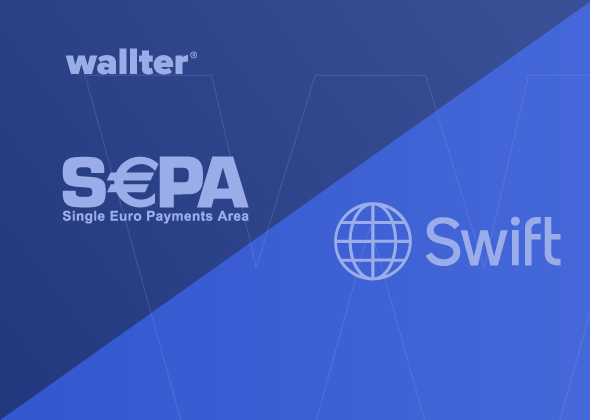Over the past several years, the term “data”, which used to be associated only with the tech giants, has been recognised as one of the most important resources residing at the very core of any business infrastructure. In the age of rapid advancement, it’s used as fuel on our path to predicting future trends efficiently, responding to market changes, challenges, or requests better, and identifying new business opportunities, all of which are essential for business growth.
Richard Cinca, our Data Analyst, has written a comprehensive post that will help you understand how big data shapes the financial sector and the world around us.
Let’s have a look at the following statistics first (sources: earthweb.com; techjury.net):
- The global Big Data and Analytics market is worth nearly $274.3 billion.
- Each day, around 2.5 quintillion bytes worth of data are being generated and 70% of the world’s data is user-generated.
- By 2025 there will be more than 180 zettabytes of data created and consumed worldwide.
- It is estimated that the global data market value will reach $103 billion by 2027.
- Cloud computing is generating nearly $400 billion in revenue.
Unsurprisingly, banking is one of the sectors with the greatest tech investment potential. The number one advantage of focusing on big data and other related infrastructure technologies is that doing so provides a wider perspective — namely, it contributes to deeper levels of understanding of an organisation’s business.
Knowing more about customer behavioral patterns, market development, business competition, and internal process efficiency largely contributes to the creation of new strategies for generating greater business results.
In addition, implementing machine learning and AI technologies that use this enormous volume of information as fuel directly impacts the optimisation and streamlining of internal processes. This leads to lower operational costs while significantly increasing the speed and efficiency at which an organisation is running. As a result, the system has the freedom to experiment and use advanced algorithms to improve its detection and reaction to cybersecurity-related issues, frauds, and other potentially malicious actions.
Consequently, more and more companies believe in the benefits of becoming data-driven, thus giving rise to new, decentralised architecture approaches, such as data mesh.
This concept preserves the governance advantages and data visibility of previous centralised approaches while enabling self-service consumption of the data for the stakeholders, thereby enhancing the speed at which value is created.
Data Mesh And Banking
By definition, data mesh refers to a sociotechnical approach to creating a decentralised data architecture by utilizing a domain-oriented, self-serve design.
Nowadays, financial services rely more than ever before on the main and innate characteristics of big data or the so-called “The 5 ‘V’s of Big Data”:
- Velocity – describing how fast data is processed and how quickly it moves
- Volume –defining the amount of data being collected by the system
- Value – referring to the value-generating potential of the collected data
- Variety – describing the wide diversity of datatypes the systems need to handle
- Veracity – referring to the accuracy and quality of data
Therefore, by grouping the data under unique internal stakeholder ownership into domains containing inter-related information from across the organisation, the bank encourages the departments to maintain the data regularly and ensure its visibility and availability, thus eliminating chunks of hidden and unused information.
One of the most prominent challenges organisations face is low-quality data. By implementing a product-driven mentality and allowing teams to become product owners, they will be encouraged to manage and process the data more responsibly, which will result in a higher quality of information. This will, in turn, strongly impact a bank’s ability to develop and implement new technologies.
Data mesh also makes information highly visible and improves data governance and management. As a result, organisations and compliance teams can work with regulatory institutions more efficiently and respond to their requirements with tailored data products within a shorter timeframe. This can largely impact the quality of services and improve the security and compliance of any financial institution.
Conclusion
Decentralisation and digitalisation are shaping the way we do business and interact on a day-to-day basis. Such innovations in banking technologies also continue to influence the future of our services.
With every passing day, we get to learn more about the world surrounding us, and by being up to date with the latest technologies, Wallter is paving the way for the future that will lead to better and safer outcomes for our customers.




